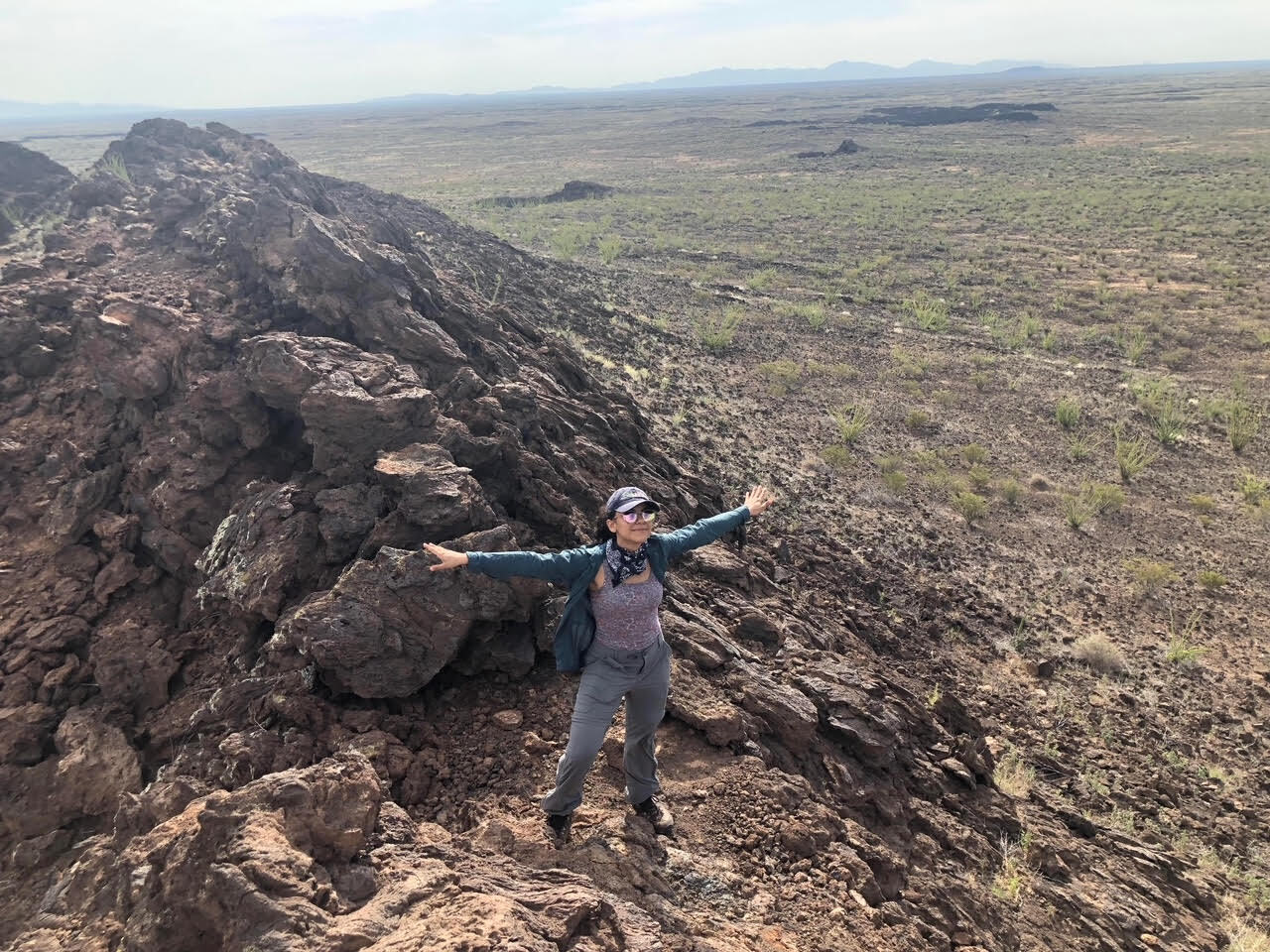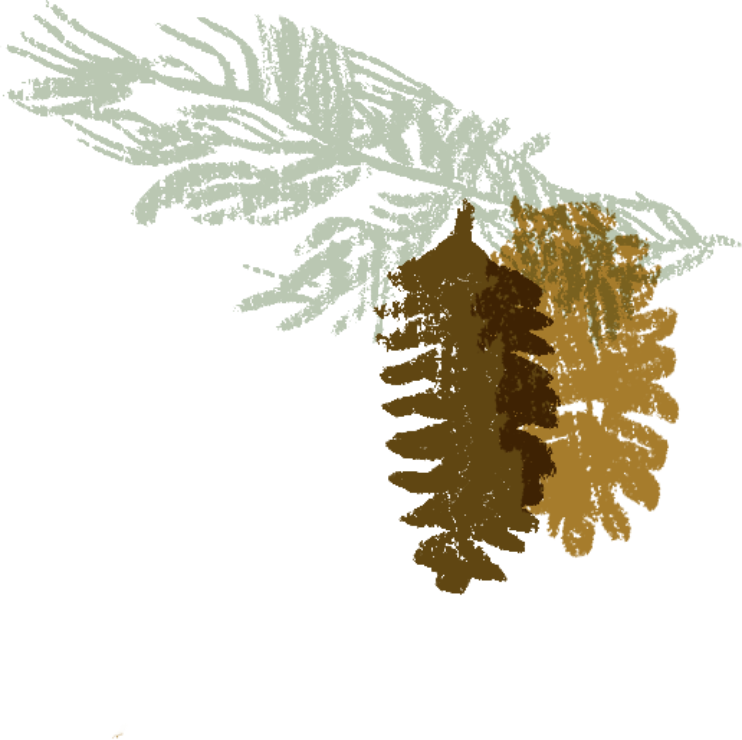Join the Power in Nature Coalition!
Join the Power in Nature Coalition!
Regional Groups
North Coast
The North Coast regional group represents areas along the northern Pacific Coast. Rich in forests, rivers, watersheds, and rugged coastline, 30×30 projects in the area include protection of the Jackson Demonstration State Forest, restoration of the Smith and Eel Rivers, and national monument designation of Wigi (Humboldt Bay).
Sierra Nevada
Covering nearly 30 million acres, the rich and varied habitats of the Sierra Nevada host a majority of the state’s biodiversity and play a crucial role in California’s water system and natural carbon sequestration. The wild peaks, emerald forests, crystal clear lakes, and sagebrush seas of the Sierra Nevada have inspired millions of people and have been home to Native American Tribes since time immemorial. The Sierra Nevada regional group is an alliance of organizations committed to conserving and restoring the extraordinary natural resources and communities of the Sierra Nevada.
Central Coast
The Central Coast region encompasses the counties of Santa Cruz, Monterey, San Benito, San Luis Obispo, and Santa Barbara. Stretching from coastal beaches to inland grasslands, it is home to iconic places such as Pinnacles National Park, Big Basin Redwoods State Park, Big Sur, Morro Bay, Gaviota Coast, Los Padres National Forest, Fremont Peak, Point Lobos State Nature Preserve, Carrizo Plain National Monument, and the Elkhorn Slough National Estuarine Research Reserve. This regional group is focused on protecting these diverse habitats and our connection to them.
San Joaquin Valley
Situated between California’s Central Coast and the Sierra Nevada, the San Joaquin Valley region spans eight California counties, including Kings, Merced, San Joaquin, and Stanislaus, and the western half of Fresno, Kern, Madera, and Tulare. Once covered by vast wetlands, it is now the most productive agricultural region in the U.S. The area’s remaining wetlands are an integral part of the Pacific Flyway, and an important focus for 30×30 conservation and restoration along with urban greening to advance environmental justice.
Inland Desert
Spanning the full eastern length of the state, California’s deserts comprise 27 million acres of the most intact, contiguous ecosystem in the lower 48 states. With three distinct deserts–the Sonoran, Great Basin, and Mojave–California’s desert region includes more than 100 major mountain ranges, canyons, playas, alkali meadows, badlands, and sand dune complexes.
Southland
The 30×30 Southland region includes Los Angeles, Ventura, and Orange counties, and the western portions of San Bernardino and Riverside counties. Its regional priorities include the conservation of Elephant Hill in the heart of Los Angeles, the preservation of the Aera Energy landscape, and the protection of Bird Island near Ballona Creek and Wetlands.
San Diego
Representing the biodiverse San Diego County, this region is home to more species of plants and mammals than any other in the U.S. With ecosystems ranging from coastal to montane, the San Diego region is known for its beaches, low inland mountains, and deserts. This regional group is focused on the conservation of the Chollas Creek area, the restoration of the Tijuana River Estuary and the natural wetlands in Mission Bay, and the completion of a network of parks and trails along the 52-mile San Diego River.
“
California’s 30x30 plan is a commitment to equitable access to all the benefits nature offers, from educational opportunities and job creation to public health and community climate resilience. It helps fill longstanding gaps that Latinos and other communities of color face in the outdoors and in the realm of environmental justice.”
Brenda Ileana Gallegos
Conservation Program Associate

Power In Nature’s Working Sub-Committees
Equity Committee:
In order to successfully achieve our 30×30 goals, equity must be woven into all aspects of the implementation process. This committee works to ensure that an equity lens is applied to every aspect of the 30×30 process.
Communications Committee:
To reach California’s 30×30 goals, the movement must be accompanied by a steady drumbeat. Through an integrated campaign and shared resources, this committee is working to connect the dots between the climate crisis and the specific 30×30 projects we can support now to mitigate its impacts.
Government Relations Committee:
As Sacramento implements new laws and 30×30 funding, this committee works to ensure that our legislators double down on investments in conservation, management, and restoration, and build capacity for community partners to help the state achieve this critical goal.

Have 60 seconds?
Use it to make a difference.